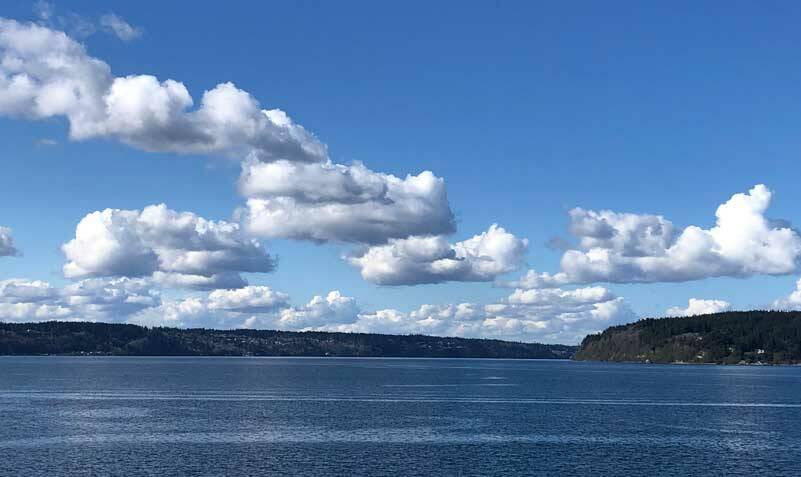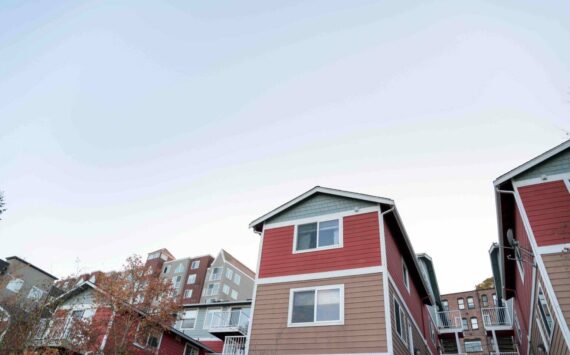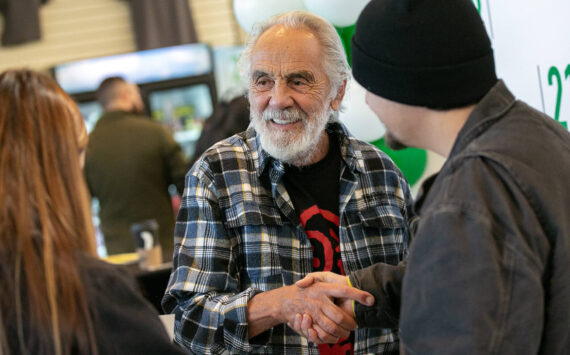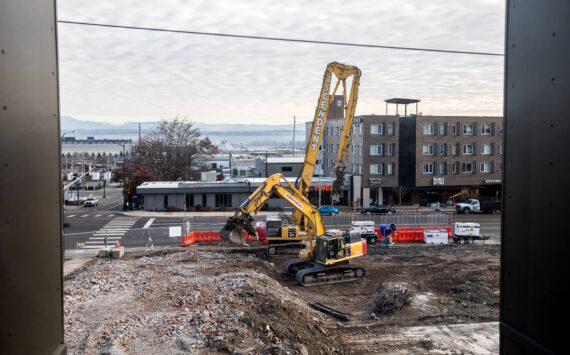By Morf Morford, Tacoma Daily Index
Tacoma has long been recognized for its parks.
I love the parks we have around the city, but I have to admit that what I like even more is that, not only does Tacoma have parks, but Tacoma, somehow keeps adding new ones. And yes, another new park is on its way to a neighborhood (relatively) near you.
Unlike most cities, Tacoma has an abundance of waterfront and an unparalleled menu of view points of waterways, islands and, of course, the indescribable majesty of the mountain on the horizon. We also have a fair amount of land that still needs to be reclaimed for human – as opposed to industrial use.
Tacoma’s most public waterfront, from near the Tacoma Dome to Point Defiance is stunning – even to locals.
When my wife and I are returning from a vacation and drive much of that way, especially as we approach Old Town, with the Olympics in the distance and the sun setting over them, we can’t help but feel welcomed home to the most amazing place of all. The views in the distance are captivating, if not astounding.
In spite of the views and access along that stretch of Ruston Way, not much of the waterfront is, in fact, accessible.
A new park is on the way
But more of the waterfront is becoming accessible. Between the Tacoma Dome and the 11th Street Bridge (also known as “the black bridge”) a new park is under construction.
If you know anything of the history of Tacoma’s waterfront, it is, to put it mildly, complicated.
Industrial sites and processing, from smelting copper to lumber mills and ship builders (among many others) literally built this city. Their remnants, from hundreds of creosote-soaked pilings still visible to the maritime museum at the Foss Waterway Seaport, are testimony to what Tacoma has been – and is becoming.
If there is anything that is obvious, it is that Tacoma’s waterfront was, and largely still is, a “working” waterfront. “Work” just looks different now. Instead of massive saws and lumber mills, we have destination-worthy restaurants and parks and views to suit any occasion from picnics to weddings – or just a leisurely walk or bike ride.
Melanie’s Park
It would be difficult to come up with a better tangible example of this merger/transition from an emphasis on industry (and work) to enjoyment and play on the waterfront than Tacoma’s new Melanie’s Park. The new park will pay tribute to historical, tribal and industrial impacts on the area. Due to the industrial legacy, there will be no direct water access at Melanie’s Park. (The same is true at Tacoma’s other “new” park – Dune Peninsula.
With interpretive signs and hands-on activities for all ages, much has been planned for this tiny park. It’s still under construction, but should be open about a year from now – spring of 2024. You can see details here.
Editors note:
I lived in Old Town back in the very late 1970s. Back then it was one of Tacoma’s neglected low-rent districts. North 30th was not a main thoroughfare, and there was very little traffic – or commercial interest in the area. Rents were low, houses were cheap, virtually every building was historic, and many were neglected or abandoned.
That was before the Ruston Way waterfront was cleaned up and turned into the series of parks we now take for granted.
Back then, there was no sidewalk, no trees and pile after pile of rusting, forsaken industrial wreckage – and of course, a ring of toxic ASARCO slag the whole length of the waterfront.
Now we have a two-mile unmatched walkway with a string of parks including Judge Jack Tanner Park (formerly Marine Park), the Dickman Mill Park, Hamilton Park, Jack Hyde Park and, of course, the unparalleled Chinese Reconciliation Park. And an ever shifting view of water, land and sky – including astounding views of both the sunrise and sunset. All of this with wide open grass spaces, picnic tables and several docks that reach out into the bay.
You can see more on the Ruston Way waterfront (what some call “the spaghetti park” because of its shape) here.





